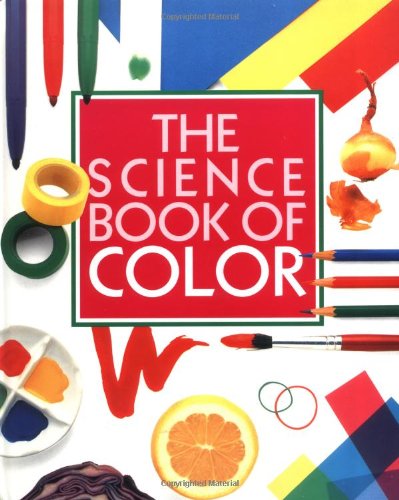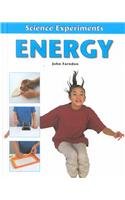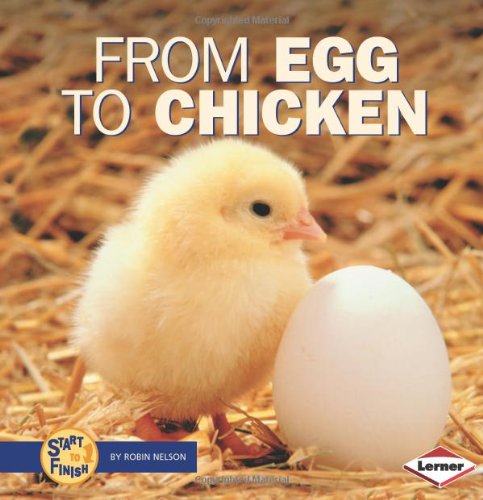Force and Motion
Week 1:
Began reading from Experiment with Movement, regarding force and motion. Also read about the topic from How Science Works (same spine used from last year).
 (We also used this book a little last year....)
(We also used this book a little last year....)Began experiments from Science in a Nutshell: Energy and Motion.
http://www.delta-education.com/productdetail.aspx?Collection=Y&prodID=1052
Week 2:
Continued Nutshell experiments.
My son read:
Work: Forces and Machines, Terry Jennings.
Everything Moves, Seymour Simon.
 (This book contains simple experiments and activities, too....)
(This book contains simple experiments and activities, too....)(He began reading a lot more in science during this school year, in addition to his other reading.)
Gears
Week 3:
Completed Nutshell.
Read about gears in How Science Works and Experiment with Movement.
Began playing with gears and making gear assemblies.
Week 4:
Continued working on Gears Nutshell.
http://www.delta-education.com/productdetail.aspx?Collection=Y&prodID=1049
Read from The Clock, Wil Mara.

My son read about gears and pulleys from Simple Machines and How They Work, Elizabeth Sharp.
He also read Clocks and How They Go, Gail Gibbons.
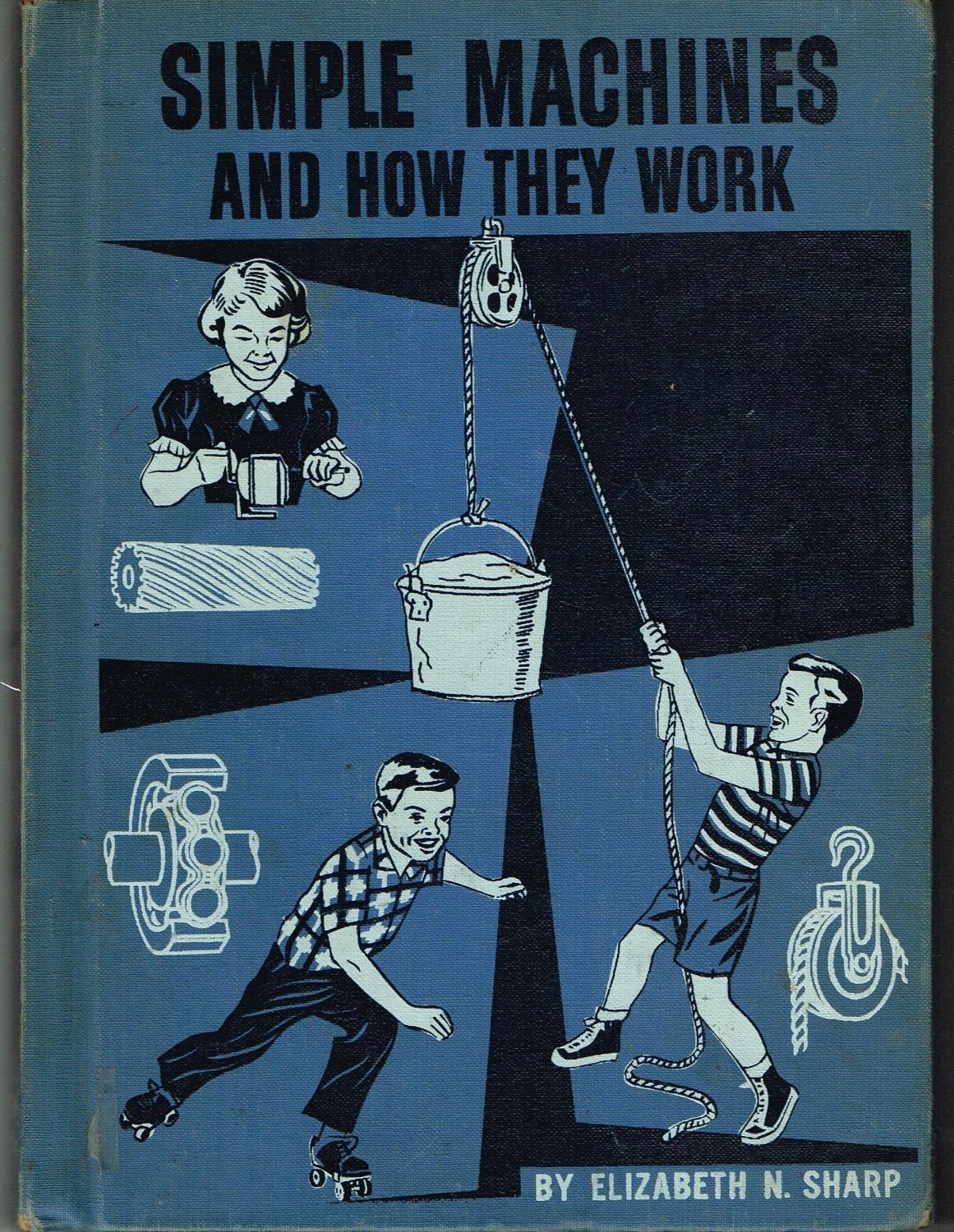 ( I actually got a lot of books at a library book sale the summer before we started this study. I love the thorough and age appropriate way a lot of these books explain science concepts. They are not rife with error, as so many more modern books, either....)
( I actually got a lot of books at a library book sale the summer before we started this study. I love the thorough and age appropriate way a lot of these books explain science concepts. They are not rife with error, as so many more modern books, either....)Week 5:
Worked more with gears (I also had a couple of kid's game kits that contained gears that he put together.)

Simple Machines
Week 6:
Began study of simple machines, using workbook pages from The Complete Book of Science 3/4.
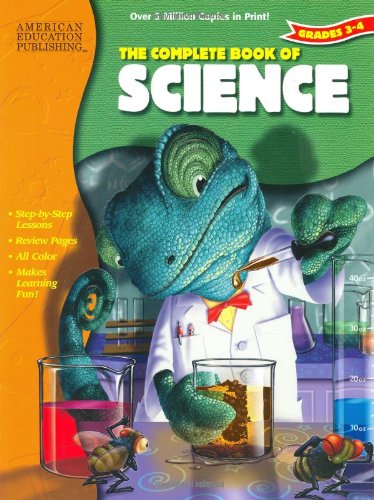
Read about simple machines in Experiment with Movement.
Read I Want to Know About ... Houses; Circus; Tools for Building (last section) and also The Lever and The Pulley, Hal Hellman.
Finished by reading about simple machines from Science is Exploring, Scott Foresman and Simple Machines and How They Work, Elizabeth N. Sharp.
Electricity
Week 7:
Complete Simple Machines work and began working with the topic of Electricity. Watched "Tell Me Why" children's DVD regarding "How Things Work" and "Electricity and Electronic Safety." Took quizzes at the end of the DVD.
Week 8: Interruption for USAF Museum Homeschool Day
Attended two seminars regarding Space. Did a scavenger hunt regarding fighter jets and other fighters. Reviewed cards on space topics. Visited various galleries. Viewed three live demos on "Center of Gravity," "Air Flow," and "Newton's Third Law - every action has an equal and opposite reaction.
Back home, continued our study of Electricity by reading from How Science Works.
Week 9:
Read "How do we use Electrical Current?" from Science is Exploring, Scott Foresman (This was an older textbook that was well written. I think I picked it up at a library book sale.)
Week 10:
Read from Usborne Young Scientists: Electricity.

Weeks 11 - 14:
Got thrown off track by other things (class at Arboretum) and temporarily halted physics study.
Took an architectural tour of Spindletop Hall.
Visited the Aviation Museum of Central KY with somewhat of an explanation of the physics of flight (which we will be studying later), then toured the airport.
Saw "Mr. Magorium's Wonder Emporium" and received a worksheet on inventions that my son completed during this time period.
Week 15:
Back to Electricity. We worked through several of the experiments in the Nutshell: Electrical Connections.
http://www.delta-education.com/productdetail.aspx?Collection=Y&prodID=1054
Magnets
Weeks 16:
Read about magnets in Experiment with Magnets and Electricity.
Also read What Makes a Magnet? Franklyn M. Branley

Played with magnet set.
Week 17:
Worked through My Very First Magnet Kit.

(This looks similar, but is not exactly the same....)
Week 18:
Catch up and complete all work related to topics covered over the semester.
Weeks 19 - 22:
Side tracked again! (Mostly due to a Red Cross class.) You'll have to check the other science areas to see what we managed to cover during this period of time.
Flight
Week 23:
Watched video entitled "Watch 'Em Work: Fun in Flight" - showed a bird's eye view of how flight works.

Week 24:
My son read: What's Inside? Planes
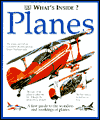
He also began reading: The Fantastic Cutaway Book of Flight, Jon Richards and How Things Work: Planes, Gliders, Helicopters and Other Flying Machines, Kingfisher, which he continued for several weeks.


Week 25:
Viewed LASC exhibit on Physics of Flight and played with interactive parts of exhibit.
Neat Inventions: Cameras / Things that Float (Boats, Subs, etc.)
Week 26:
My son read Click! A Book About Cameras and Taking Pictures, Gail Gibbons. He practiced taking some pictures with a new camera for the next few weeks.

He also read Things that Float, Usborne Explainers.
 (This was a free, Chick-fil-A book!)
(This was a free, Chick-fil-A book!)Week 27:
He continued his science reading on planes....
General Review
Week 28:
Watched "The Best of Beakman's World" with a friend (15 experiments, mostly physics related); then played "Wonders of Science" card game (Professor Noggins) and worked logic puzzles (Mindware).


Week 29:
During spring break week, attended a fantastic, hour long program "Dr. Z" Physics! (At the library.) It was terrific! He was given a workbook that he completed the following week that went along with it.
Week 30:
Completed physics workbook.
(He was also attending various 4-H science presentations for several weeks at this time....)
Week 31:
He continued his science reading on planes....
Artificial Intelligence
Week 32:
Read a very good book: Science on the Edge: Artificial Intelligence, Philip Margulies.

Weeks 33 - 36:
He finished up his reading on planes and read from Inventions Explained, Richard Platt and How Things Work: Boats, Ships, Submarines and Other Floating Machines, Ian Graham, through the end of the school year. (He was also involved in some other 4-H programming at this time....)


Other Science: Biology and Environmental Studies:
Week 1:
Viewed "Arctic Tale," regarding animals' struggle for survival on the ice, which is disappearing due to global warming (or something)....
Week 5:
Attended day-long trip to a nearby Fish Hatchery. Toured the hatchery and learned about ten types of fish they raise, including endangered Lake Sturgeon. Saw how they raise, feed and care for fish; trucks used to transport them; how bad algae, etc. is controlled (Filamentous Algae). Learned about good (Blue-green) algae and importance of oxygenation.
Saw Blue Herons, Osprey and evidence of Buzzards.
Did a stream survey with excellent results! Caught many crayfish and fingerling trout. Saw algae oxygenating water in afternoon sun. Used a taxa sheet to fill out a Habitat Survey and Assessment Report. Results were excellent.
Week 7:
Visit to Salato Wildlife Center (run by state Department of Natural Resources - or something). Completed scavenger hunt and ecology bingo. Looked at rotting logs to see what insects were inhabiting them.
Week 8:
Began Arboretum class "All About Fall" by doing a seed walk and starting a collection.
(I think these were two hours, weekly, for four weeks.)
Week 9:
Continued class by starting a leaf collection and how to identify trees from bark.
Also attended fall nature walk at Raven Run and talked about insect hibernation, cocoons, etc.; poisonous plants, insects, etc.; different types of trees and other species native to area.
Week 10:
Talked about pigments in plants and made a wall hanging using pounded flowers and leaves.
Talked at length about various species of bats using models, mounted specimens, and live animals during Cincinnati Museum Center Homeschool Day. Learned all about troglodyte classes of animals, as well.
Saw reptile display at the UK Geological Survey fall open house.
Attended Bi-water Farm Autumnfest. Looked at corn; picked pumpkins and looked at other squash varieties; saw lots of farm animals and fed them; saw peacock eggs; saw llamas using a latrine, etc. ( I have no idea now what that means, lol!)
Week 11:
Finished leaf books. Talked about seasons, hemispheres, tilt of earth, etc.
Week 12:
Fall hike with scouts at Raven Run.
Week 20 - 22:
Began a Red Cross Basic Aid Training Course. Eight hours, with certification. Workbook provided.
Also, in week 20, visited only certified licensed goat cheesery in Kentucky. Bottle fed babies; milked; learned about pasteurization process and health requirements; sampled goat cheese with herbs.
Week 25:
Visited dairy goat breeder in Winchester.
Week 26:
Saw short program at LASC regarding germs and handwashing; protecting skin from cancer; made vegi prints.
Week 27:
One hour 4-H presentation on Tree Life Cycles.
Week 29:
One hour 4-H presentation on Animal Adaptations and Fur.
Also in this week, saw numerous animals at Harry Potter Camp, Cincinnati Zoo: snake, opossum, tarantula, crane, etc. - up close and personal.
Weeks 30 - 32:
Assorted 4-H Science presentations (one hour, each), regarding the environment:
"The Lorax" - planted giant sunflowers.
"Little House on the Prairie" - talked about prairie ecology.
"Entomology" - looked at live bugs.
Weeks 32-33:
Began 4-H "Growbiz" class, once weekly, from 10-11:30 at our local food co-op. Class combined Jr. Achievement (business start-up and sales) with gardening. Kids planted, raised, harvested, prepared and marketed basil plants.
Weeks 34-36:
Continued Growbiz.
Attended two, three day each horseback riding camps at Asbury (horse care involved).
During week 35, also watched some Addison-Wesley tapes about different biomes of the earth (but I did not think these were very well done): "Space Shuttle" - looked down on the different biomes; "Appalachians" - emphasized ecosystems; "Florida Keys" - emphasized air and water; ""Bryce Canyon" - emphasized landforms; and ""Hoh Rain Forest" - emphasized life cycles.
Geology / Earth Science:
Week 7:
Attended a Gem and Mineral Show and collected free sample specimens of lots of types of rocks and minerals.
Week 10:
Attended Cincinnati Museum Center Homeschool Day and did a "Lights Out Tour" of the cave, talking about formations, etc.
Also attended a Geological Survey Open House at UK. Looked at tons of rocks, mineral and fossil samples. Collected free samples, too. Made impressions. Played with water tables. Looked at cut-away cave diorama. Learned about earthquakes. Learned about capturing CO2 in rocks, etc.
Week 26:
Saw short planetarium show at LASC regarding constellations in our sky.
Attended hour long 4-H presentation on Kentucky regions. Prepared map and key.
Chemistry
Week 9:
Took part in a Mad Science" workshop at Beaumont Library. Used the scientific method to experiment with mentos and sodas of various kinds.
Week 23:
Participated in a hands-on chemistry lab at a our local children's museum. Sponsored and led by a UK chem professor we know. (About 2 hours)
Week 27:
Returned to children's museum to participate in another chemistry lab on viscosity. Also spoke with professor about his research into creating new solar-powered materials.
Week 28:
Attended 4-H presentation on the water cycle.
So, once again, plenty of science of *some* sort getting done throughout the year, just not always physical science, lol! I think he still covered a fair portion for his age....
Regena








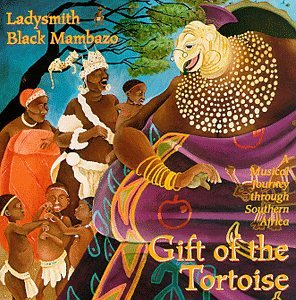


 (I *think* this was the book....)
(I *think* this was the book....)


 (This is the one I see that is most like what we used.)
(This is the one I see that is most like what we used.)













